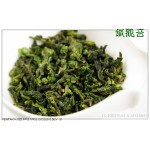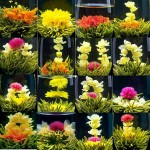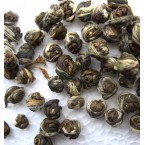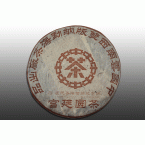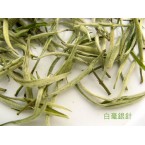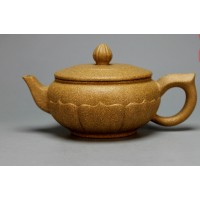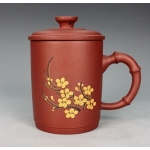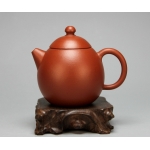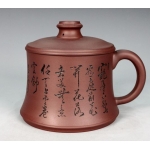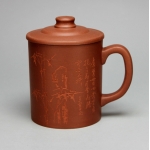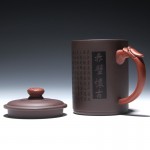Shopping Cart
0 item(s) - $0.00We support paypal
Go to my Ebay Shop

175cc,Yixing Zisha teapot,China tea pot cup,Lotus seat
Availability: 100
Ex Tax: $49.99
Add to Compare
This item is fragile. If you find broken. Please contact us. We accept refund or re-mailed to you.
Name: Yixing Zisha Teapot
Rating : ★★★★★
Materials: Pure beige sandy clay, 100% handwork. Delicate, smart
About Yixing Teapot
Types
The term "yixing clay", and also "sandy clay", is often used as an umbrella term to describe three distinct types of stoneware:
purple sandy clay or purple clay (紫砂 or 紫泥): dark brownish stoneware that gives its name to the type of stoneware usually related to yixing.
red sandy clay (朱泥; literally, "cinnabar clay"): reddish brown stoneware that is made from sandy clay with a very high iron content. The name only refers to the sometimes bright red hue of cinnabar (朱砂; pinyin: zhūshā). There are currently 10 mines still producing zhuni[citation needed]. However, due to the increasing demand for Yixing stoneware, zhuni is now in very limited quantities. Red sandy clay is not to be confused with hongni (红泥, literally, "red clay"), another red clay.
beige sandy clay (鍛泥; literally, "fortifed clay"): stoneware that was formulated using various stones and minerals in addition to zini or red sandy clay. This results in various textures and colours, ranging from beige, blue, and green (绿泥), to black.
Yes. Zisha Clay teapots are suitable for making teas of all categories. Connoisseurs prefer to have a different teapot for each style of tea so that the essence of each tea style does not influence the distinct flavor profile of various teas.Tea masters will also consider the size, shape, and thickness of the teapot, as well as the texture of the clay, to match particular tea varieties.
How should I prepare a new Zisha teapot for use?
Before using a new zisha teapot it should be cleaned by boiling it in a large pot of clean water for approximately two hours. This process allows the many pores to expand and release any dust or loose clay within the teapot.
How should I care for my Zisha teapot?
Remove used tea leaves and rinse the teapot with hot water after every use. Do not use soap or detergents to clean the teapot. Allow it to fully dry inside and outside with the lid removed or tilted open on top of the teapot. A clean soft cloth can be used to wipe down the teapot to prevent water stains. Do not use oily agents to add artificial lacquer to the teapot.
Write a review
Your Name:Your Review: Note: HTML is not translated!
Rating: Bad Good
Enter the code in the box below:
China.Tea.Herbal © 2024


